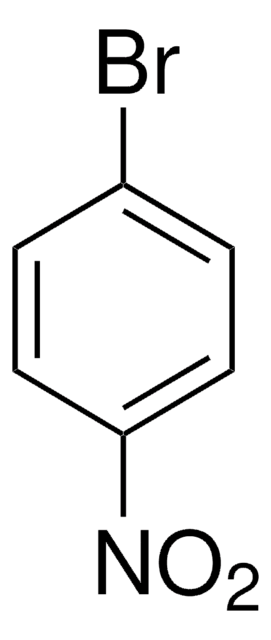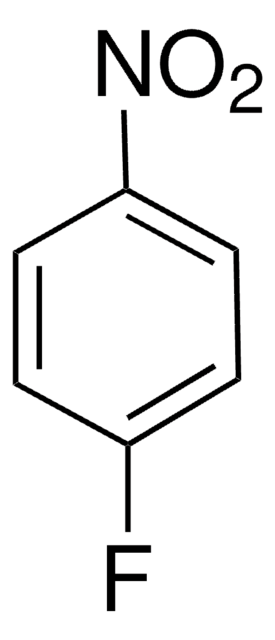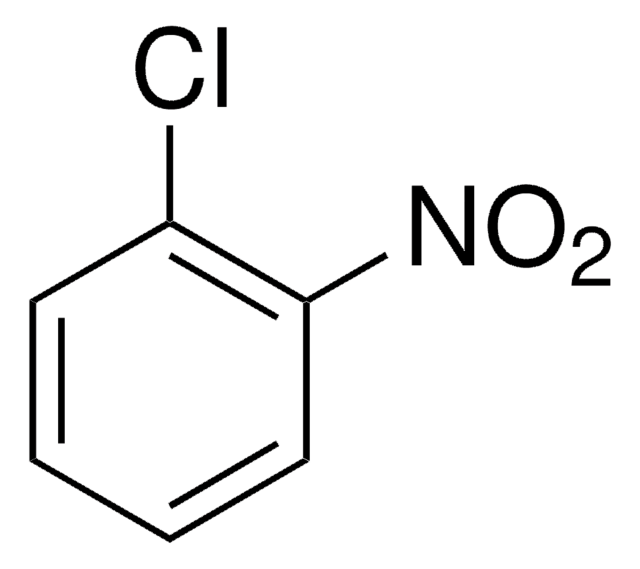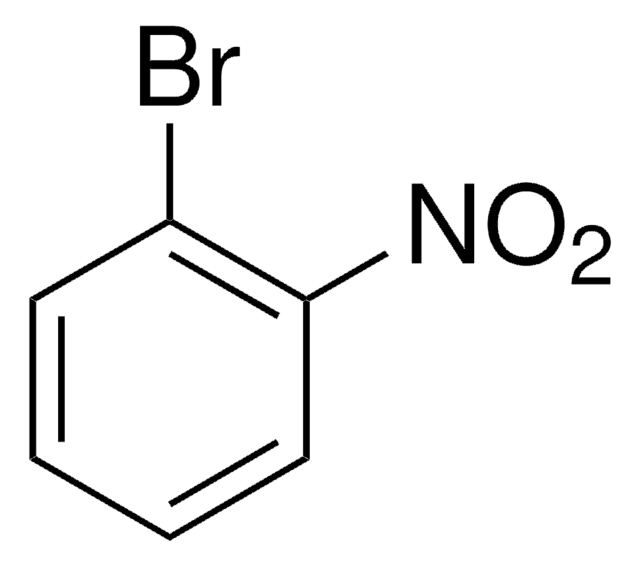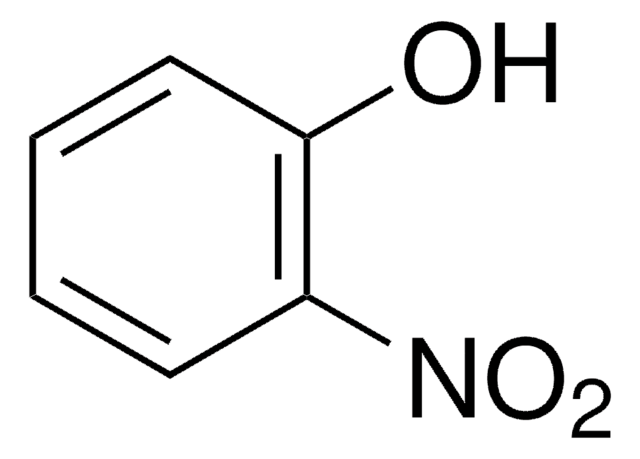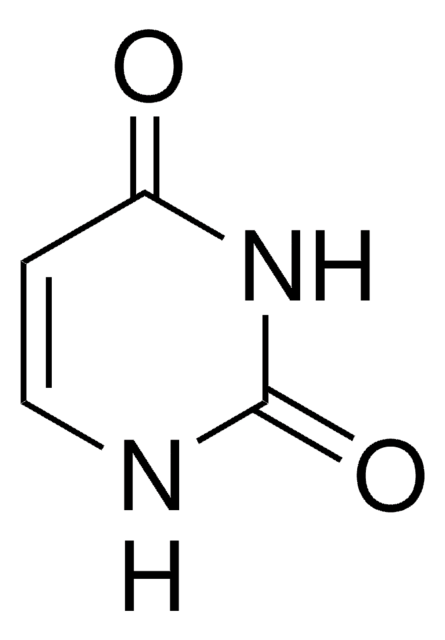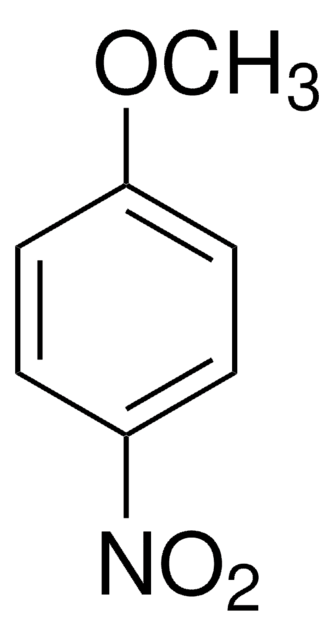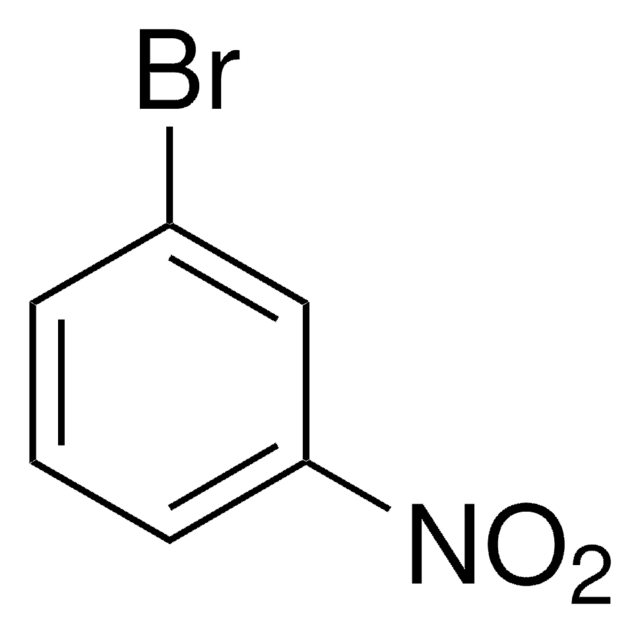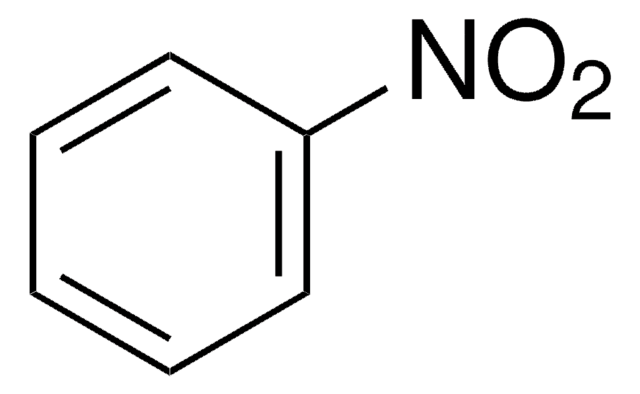Key Documents
C59122
1-Chloro-4-nitrobenzene
99%
Synonim(y):
1-Nitro-4-chlorobenzene, 4-Chloro-1-nitrobenzene, 4-Chloronitrobenzene, 4-Nitro-1-chlorobenzene, PNCB, p-Nitrochlorobenzene, p-Nitrophenyl chloride
About This Item
Polecane produkty
gęstość pary
5.4 (vs air)
ciśnienie pary
0.09 mmHg ( 25 °C)
Próba
99%
Postać
crystals
temp. samozapłonu
500 °F
tw
242 °C (lit.)
mp
80-83 °C (lit.)
gęstość
1.298 g/mL at 25 °C (lit.)
ciąg SMILES
[O-][N+](=O)c1ccc(Cl)cc1
InChI
1S/C6H4ClNO2/c7-5-1-3-6(4-2-5)8(9)10/h1-4H
Klucz InChI
CZGCEKJOLUNIFY-UHFFFAOYSA-N
Szukasz podobnych produktów? Odwiedź Przewodnik dotyczący porównywania produktów
Hasło ostrzegawcze
Danger
Zwroty wskazujące rodzaj zagrożenia
Zwroty wskazujące środki ostrożności
Klasyfikacja zagrożeń
Acute Tox. 3 Dermal - Acute Tox. 3 Inhalation - Acute Tox. 3 Oral - Aquatic Chronic 2 - Carc. 2 - Muta. 2 - STOT RE 2
Kod klasy składowania
6.1A - Combustible acute toxic Cat. 1 and 2 / very toxic hazardous materials
Klasa zagrożenia wodnego (WGK)
WGK 3
Temperatura zapłonu (°F)
255.2 °F - closed cup
Temperatura zapłonu (°C)
124 °C - closed cup
Wybierz jedną z najnowszych wersji:
Masz już ten produkt?
Dokumenty związane z niedawno zakupionymi produktami zostały zamieszczone w Bibliotece dokumentów.
Klienci oglądali również te produkty
Nasz zespół naukowców ma doświadczenie we wszystkich obszarach badań, w tym w naukach przyrodniczych, materiałoznawstwie, syntezie chemicznej, chromatografii, analityce i wielu innych dziedzinach.
Skontaktuj się z zespołem ds. pomocy technicznej